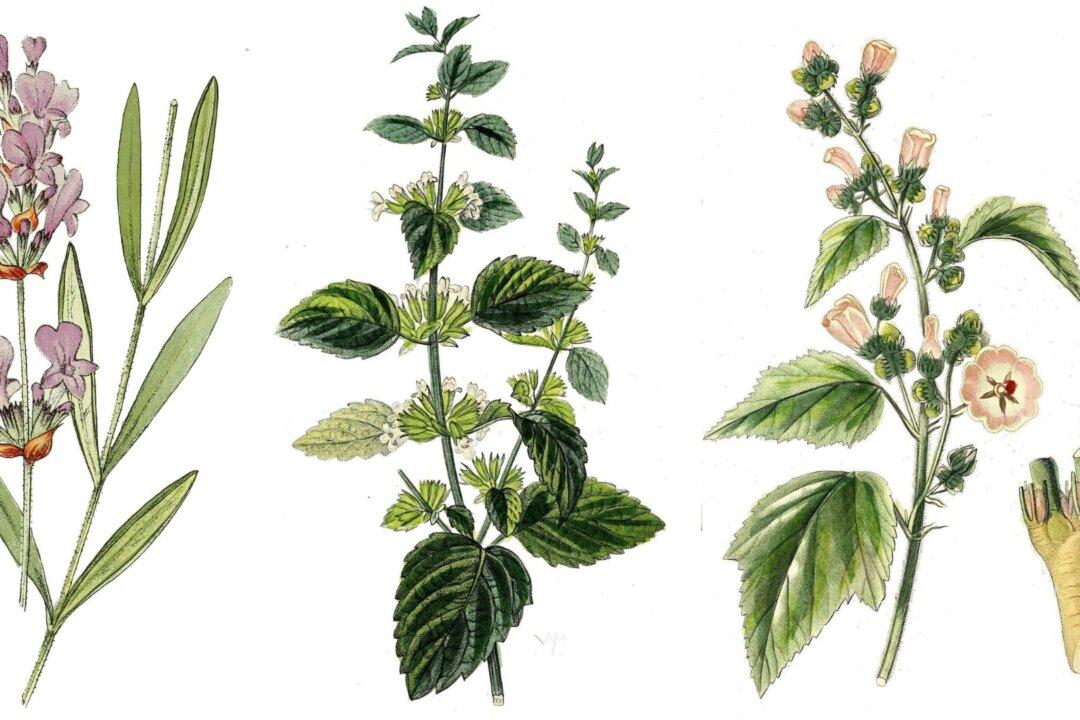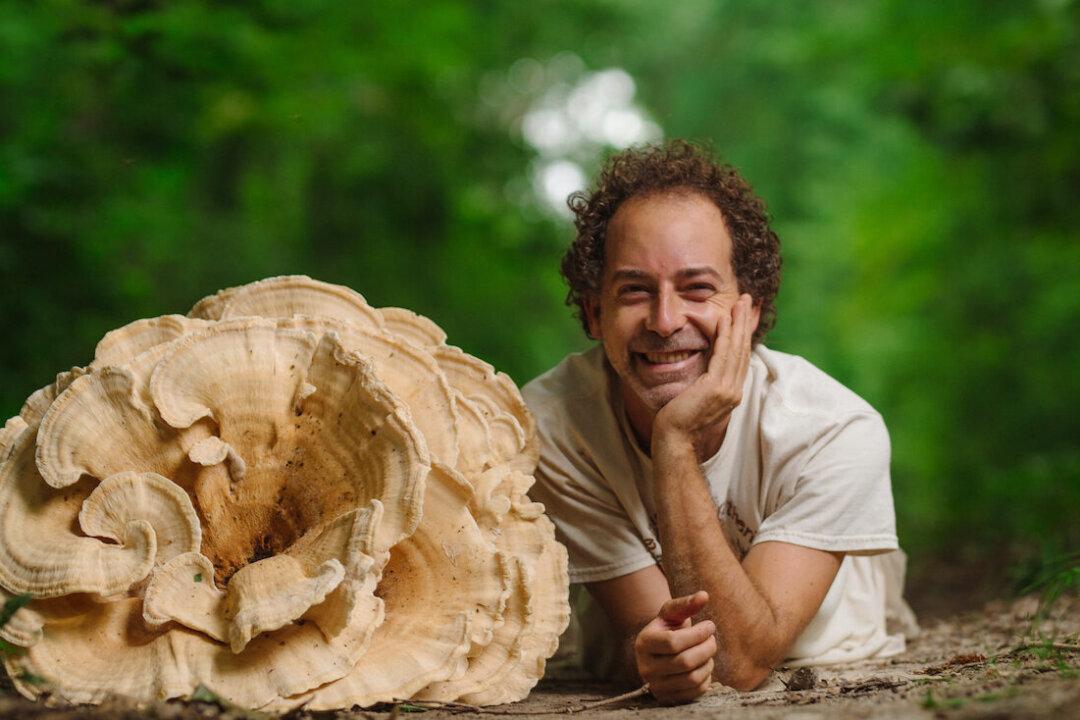Feeling under the weather? Herbalist Nicole Apelian has just the thing. Here, she shares some of her top DIY remedies for common ailments. Be sure to source your herbs from a trusted source—Apelian recommends Mountain Rose Herbs’s organic and wild-harvested herbs—or better yet, grow your own.
For Colds, Flu, or Respiratory Illness: Elderberry Tincture
My top immune herb is elderberry in tincture (extract) form. Elderberry not only shortens the duration of colds and flu, but also is helpful for inflammation, chronic fatigue, allergies, and nerve pain. It’s an outstanding remedy for severe respiratory disease. Elderberry tincture can be used by most people (like me) who have an autoimmune disorder.Directions: Fill a glass jar about 1/3-full with dried elderberries. Fill the rest of the jar with any liquor that is at least 40 percent alcohol (vodka works well), leaving 1/2-inch headroom. Cap and label with the date and contents. Let sit for 8 weeks. Strain, keeping the alcoholic tincture.





